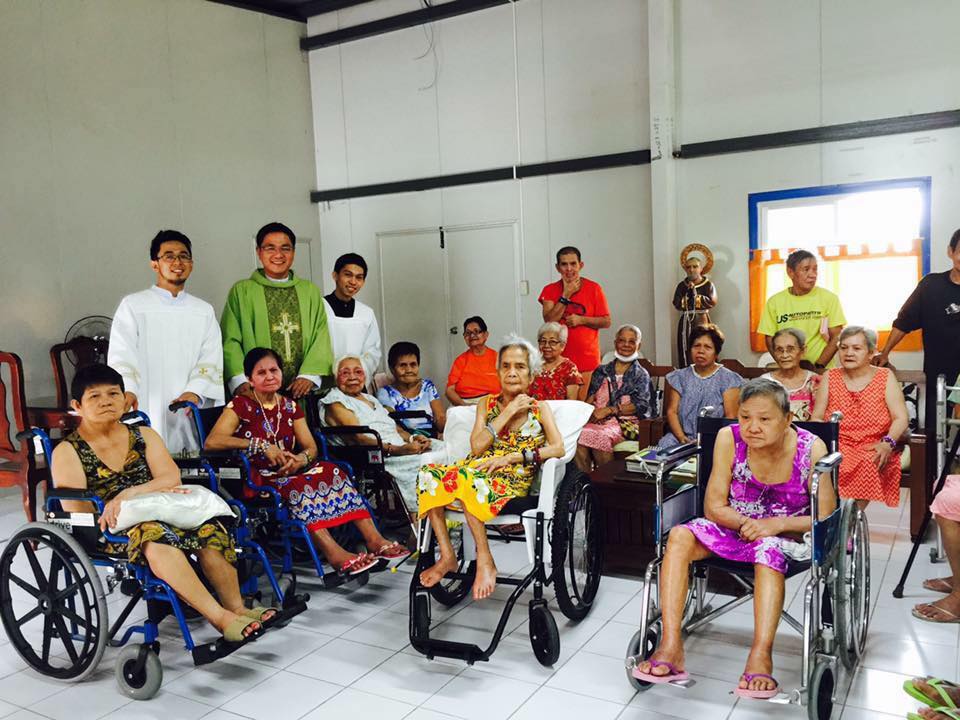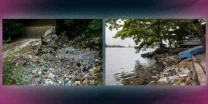WOULD you let your lolo and lola be taken under elderly care?
This question will surely stimulate public discourse among Filipinos cultivated under a “family-oriented” household.
Dating back to the grassroots of the Filipino family, Filipinos hold their kinship in the highest regard and consider it to be more important than everything else.
This is also the reason why even though most of them have their own families, they are still with their grandparents under the same roof. Filipinos consider the family as the cornerstone of their social lives.
Yet, as time progresses, this traditional “family-oriented” culture ages as well. And many now tend to neglect the responsibility that comes after this so-called Filipino normative principle.
According to the most recent figures provided by the Philippine Statistics Authority (PSA), senior citizens constitute about 8.5 percent of the total population of Filipino households. This data corresponds to approximately 9.22 million senior citizens in 2020, which is an increase from the 7.5 percent or 7.53 million senior citizens recorded in 2015.
While this number is expected to increase in the next five years, the demand for elderly care will escalate, too. A fact that most Filipinos refuse to discuss as they are forced to tuck their old family members with them – neglecting their aging needs. Others leave them on roads: abandoned, disdained, and unloved.
This is the case of Kanlungan ni Maria, a church-run home for the aged in Antipolo, a home for some 30 abandoned senior citizens aged 70 and up.
According to Fr. Reynante Tolentino, former administrator and current consultant of Kanlungan ni Maria, the Catholic-run hospice caters to the community’s abandoned, neglected, homeless, and sick elderly.
Sometimes, elderly individuals are left outside the Kanlungan’s gate or the parish church. Some rescued senior citizens were either widowed or had no children to take care of them – making Kanlungan the last resort.
“Actually, pananagutan ng government ang mga elderly natin hindi ng simbahan. Pumasok lang ang simbahan dahil sa pagmamahal sa mahihirap,” said Tolentino in an interview.
Tolentino emphasized they can only accept up to 30 abandoned elderly individuals as permitted by the Department of Social Welfare and Development. But Kanlungan limits its capacity to 25 because of the lack of funds and absence of government support. They also struggle to find social workers, as one social worker is tasked with 30 senior citizens, as per Tolentino.
(Photo Credit: Reynante Tolentino (Kanlungan ni Maria Facebook page))
“Invest in senior citizens”
In August, Undersecretary Juan Antonio Perez III, executive director of the Commission on Population and Development, said the national government should immediately begin focusing on long-term programs to effectively manage the expanding population of senior citizens in the country, particularly in terms of healthcare and opportunities.
“What we need are programs to achieve active and healthy aging, including community-based rehabilitation programs. We also have to develop programs for their care, either at home or in institutions,” Perez said at the Laging Handa briefing.
Grandchildren weigh in on elderly care
Despite the worsening situation experienced by the elderly, some Filipinos are averse to leaving their grandparents under hospice care.
“I still wouldn’t want to put them there kasi parang wala pa silang maayos na system for elderly people sa mga hospicio, unless private,” said Roni Mae Serrano.
This was also the reason for Jessica Via Sta. Maria. However, Sta. Maria said bringing the elderly to hospice care should be normalized in the country.
“I do think need i-normalize, especially if ‘yung family is not willing to take care of them or willing kupkupin pero sasaktan naman. Lalo ‘yung hindi nabibigyan ng medical needs,” she said.
She also said it’s time for the government to provide programs for senior citizens and training for healthcare professionals to ensure the quality of health service delivery among the socially-challenged senior citizens.
With the current state of the healthcare system and corrupt politics in the country, how can the elderly community ensure that their new home away from home will secure them in the remaining days of their lives?
Will this be another narrative of abandonment and neglect of their rights?
This issue doesn’t age well.
Photo credit: Reynante Tolentino (Kanlungan ni Maria Facebook page)








